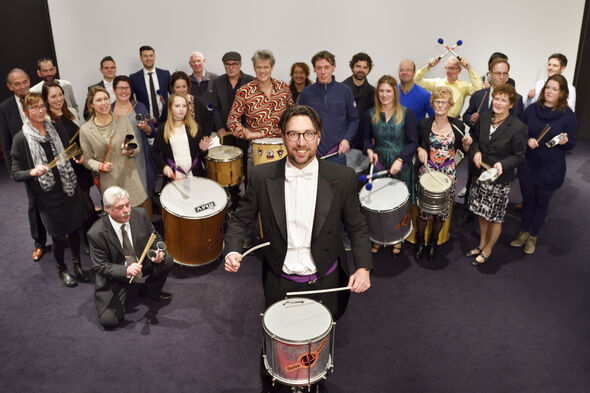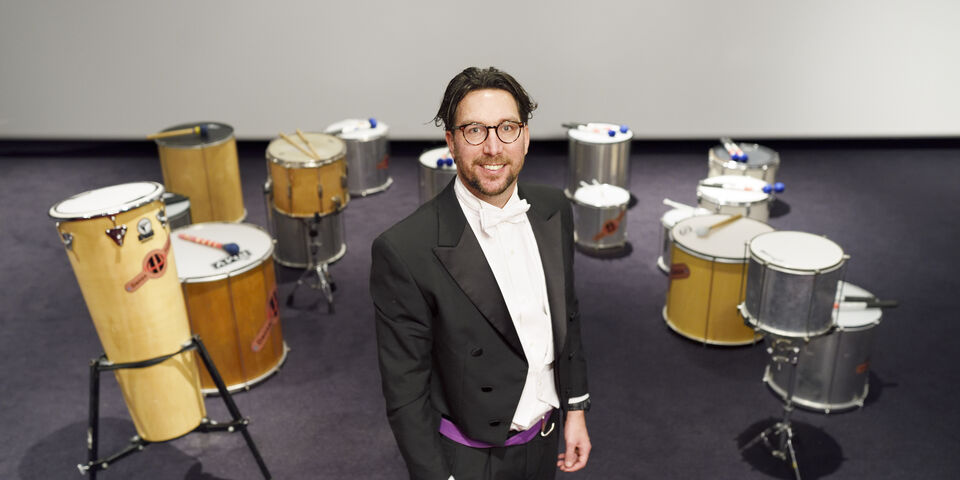Go with the flow
Teams perform better on the shop floor when their members enjoy working together, and when their personal interests are in line with the team goals. Psychologist and designer Jef van den Hout went searching for the superlative: how do you create a common state of ‘flow’? Last week he obtained a PhD for his findings in the ‘virtual’ presence of the founder of the flow theory, Mihaly Csikszentmihalyi.
Many people know that fusion of ultimate concentration and bliss which the Hungary-American psychologist Mihaly Csikszentmihalyi first indicated by the term ‘flow’ in the 1970s. It turns out to be the mental state in which persons can deliver a superb performance, when with deep conviction they undertake a task that requires them to muster the very best of their qualities.
Flow is an important concept within the so-called ‘positive psychology’, says PhD Jef van den Hout. “A great deal of research has already been conducted into this, though mostly at an individual level.” When people can also experience collective flow, especially in music and team sports. The best sports performances and finest musical performances are given when band or team members are seamlessly complementary and can find each other blindly. You would also wish to create a similar situation on the shop floor, he says.
For collective flow to arise in a team, a number of conditions are indispensable, Van den Hout posits. The team should (naturally) have a well-defined common goal, and the team members’ personal goals should link up with this. Also, the skills of all the individual members should be complementary. Moreover, it is essential that they can communicate candidly with each other, trust each other and not be afraid to fail (particularly not in the eyes of their team members) and give each other space to devote themselves optimally to their own tasks.
In the best cases those conditions result in team flow: a sense of unity, joint progress, trust and focus. As well as in measurably better results, of course, although it was difficult to quantify that last-mentioned item. For this purpose Van den Hout drew up a questionnaire, the Team Flow Monitor, which he submitted to eighty different teams at different moments. The higher a team scored on this monitor, as he thought, the more satisfied the subjects would be and the better they would perform.
Satellite connection with the founder of flow
When the outcome of the Team Flow Monitor is discussed with the team in the interim period, and adjustments are made as a result, the scores on the same monitor are shown to increase significantly. In addition, Van den Hout has been able to record a great many positive reactions from the teams, which included teams from the building and electrical engineering sectors and from healthcare teams with which he cooperated. In the end he also succeeded in proving positive correlations between the results of his monitor and the team performances delivered, although this was borne out only after the deadline of his PhD thesis had passed.
His defense ceremony, which took place on December 8, was extra special for Van den Hout because he had found the above-mentioned founder of the ‘flow’ Mihaly Csikszentmihalyi – who is now 83 years old – prepared to take place in the opposition. This was realized via a satellite connection; a trip from the American west coast to Eindhoven was too much of a good thing for the aged, but still very active scientist.



Discussion